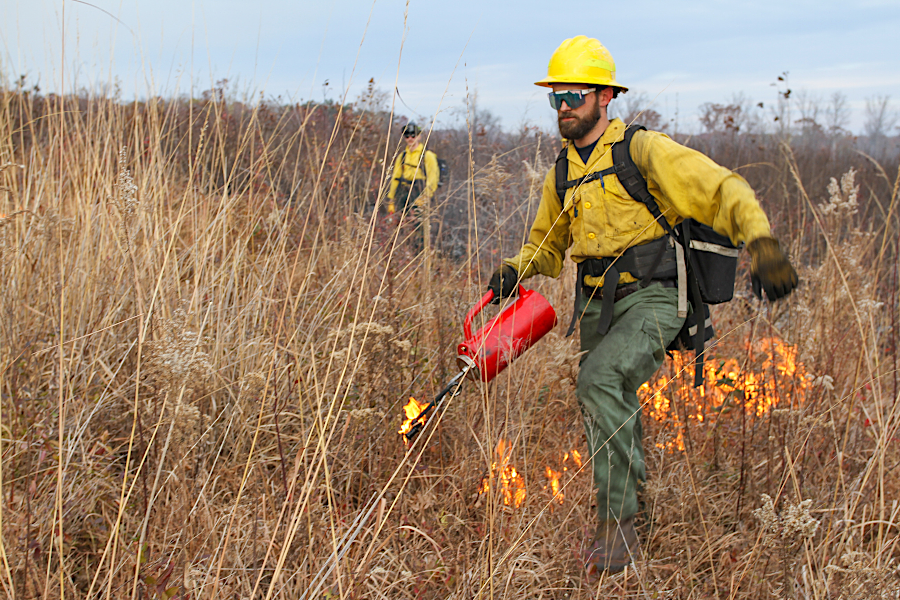
prescribed fire requires igniting grasslands/forests in a designed burn
Source: National Park Service, Wildland firefighter uses drip torch at Manassas National Battlefield Park

prescribed fire requires igniting grasslands/forests in a designed burn
Source: National Park Service, Wildland firefighter uses drip torch at Manassas National Battlefield Park
Flowering plants (angiosperms) evolved in the Cretaceous Period starting 130 million years ago. The earliest known flowers are found as remnants of charcoal that was preserved in sediments. Constant wildfire, at a time when oxygen levels were higher, caused constant habitat change.
In contrast to flowerless gymnosperms such as pine trees, flowering plants rapidly produced seeds. Rapid life cycles and changing ecological conditions allowed for fast evolution of flowering plants. By the end of the Cretaceous Period, the majority of plants were flowering. The Chicxulub impact 66 million years ago caused fires across the entire globe, but seeds sprouted and renewed the dominance of flowering plans through modern times.1
Humans have been using wildfire to transform the landscape for 85,000 years, long before the development of agriculture. Ancient hunters in Africa around Lake Malawi preferred fire-tolerant open woodlands, rather than a forest with a closed canopy. In Australia 11,000 years ago, indigenous peoples were setting fires to manage vegetation.
Humans altered the natural seasonal rhythm of wildfire to create a mixture of plants that offered greater opportunity to hunt game, creating an artificial "pyrodiversity" of species. In Virginia, humans now cause 80-90% of wildfires.2
On average, 9,500 acres of woodlands burn each year in Virginia. In 2024, however, 20,000 acres burned in the Spring and 12,500 acres burned in the Fall.
For 75 years, the Virginia Department of Forestry and its predecessor agencies posted signs on the highway announcing that open burning was prohibited except between 4:00pm-midnight. In 2024, the agency removed the two-foot by three-foot metal signs and switched outreach to rely upon social media channels. The change freed up time for forestry staff to work on other tasks, and also reduced the risks of working on the edge of narrow rural roads to change signs.
The 4:00pm-midnight window was in effect between February 15-April 30, the spring fire season. Forestry officials chose to allow that window of time for open burning because the risk was lower, with one saying:3
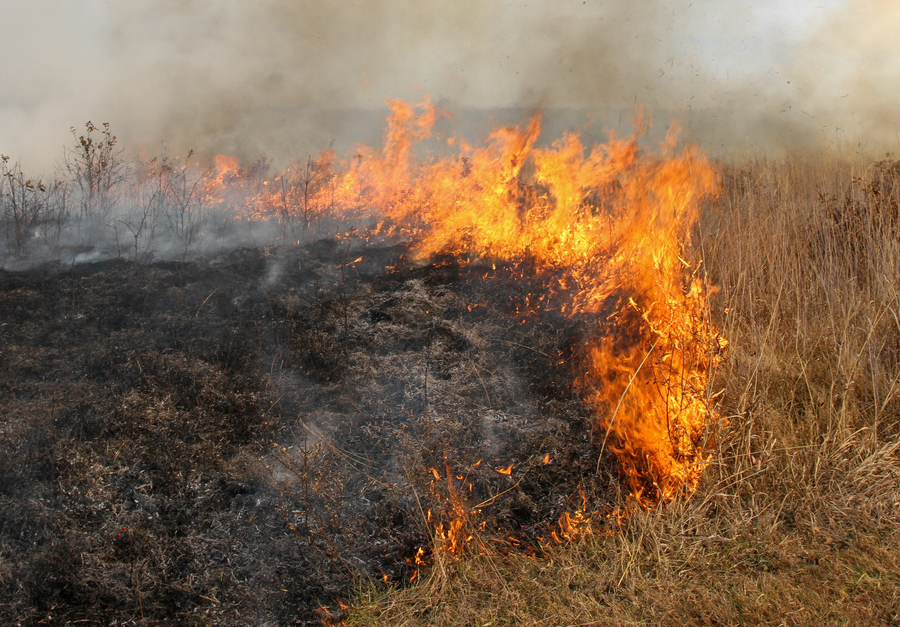
dry grass is converted into ash behind the flame front, but roots can survive
Source: National Park Service, Prescribed fire at Manassas National Battlefield Park
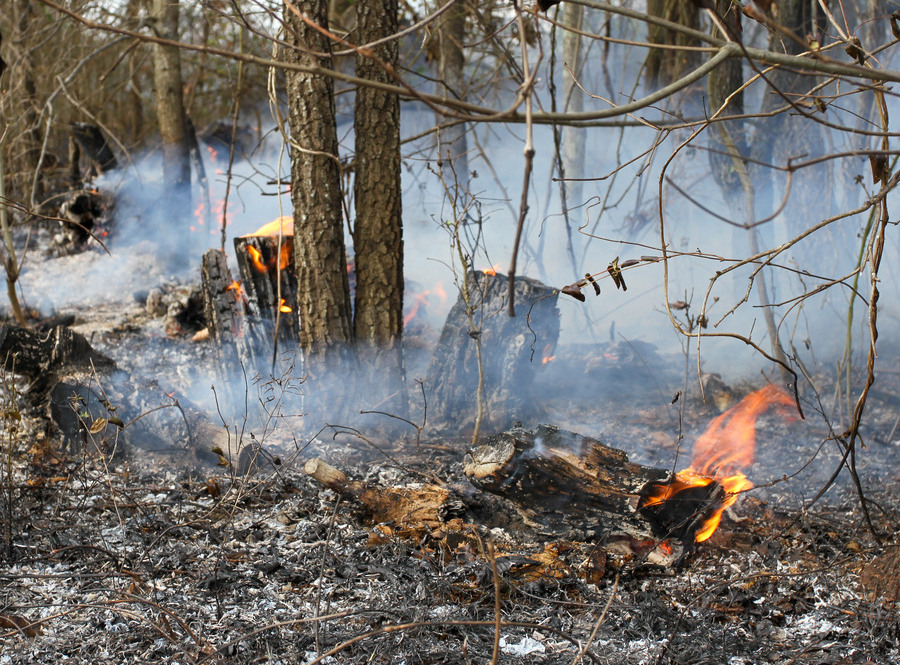
small fires recycle nutrients and reduce fuel loads
Source: National Park Service, Prescribed fire burns woody material
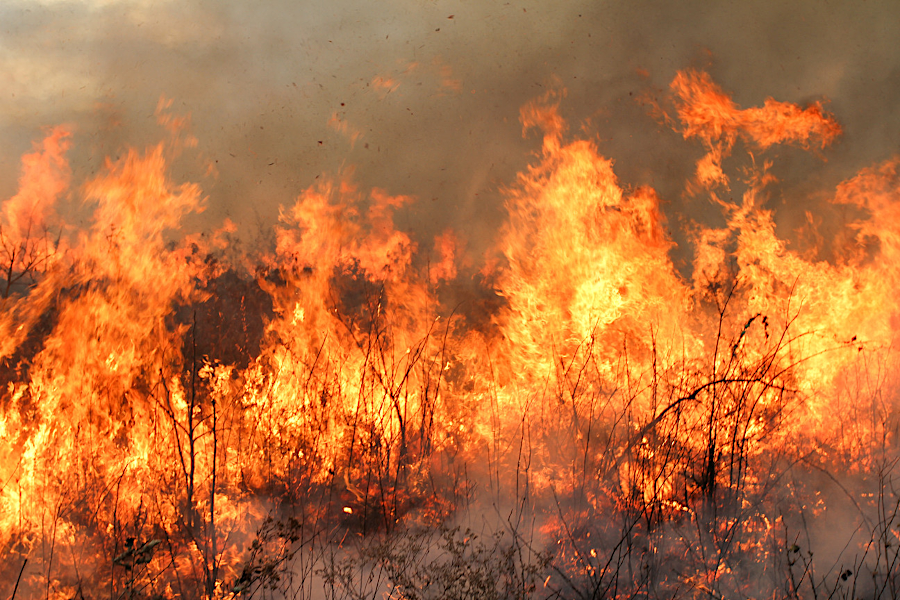
prescribed fire is used to deter tree growth and maintain open grasslands that preserve historic views at Manassas Battlefield
Source: National Park Service, Fire burns vegetation at Manassas National Battlefield Park
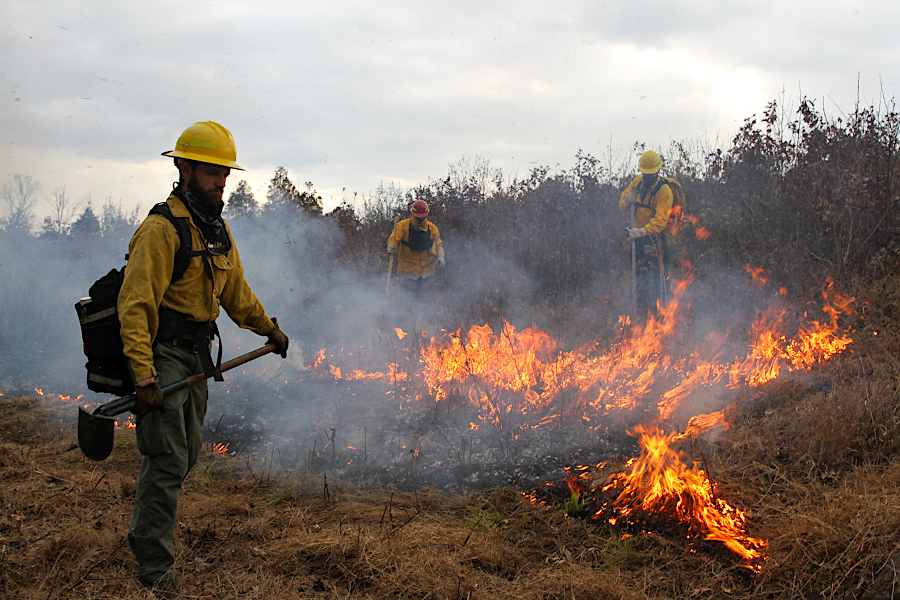
areas to be burned in a prescribed fire are isolated by firebreaks, with a team of firefighters to prevent escape to areas not planned to be burned
Source: National Park Service, Manassas prescribed fire November 20, 2019
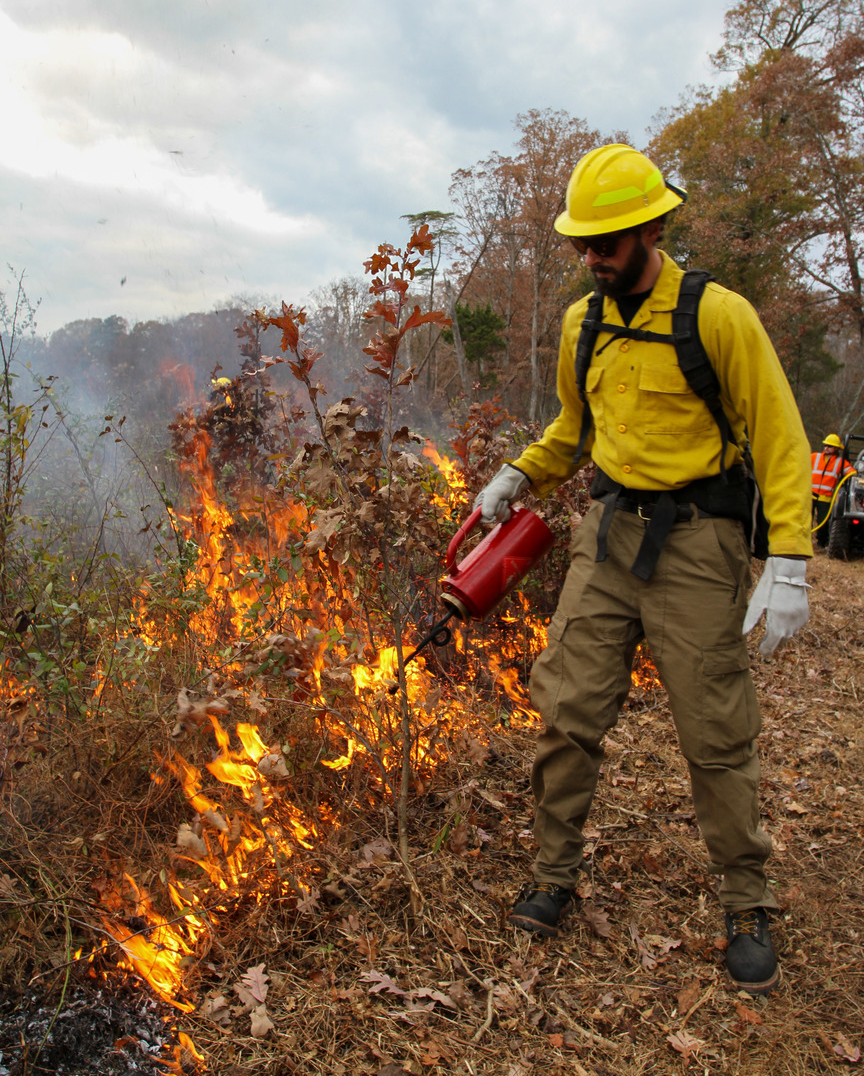
firebreaks are established before prescribed fires are ignited
Source: National Park Service, Manassas prescribed fire November 20, 2019
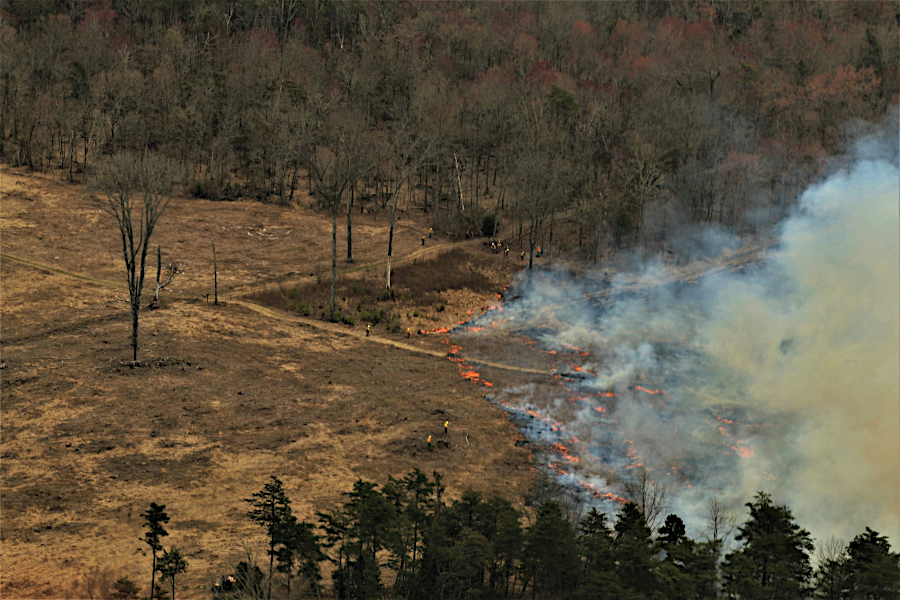
prescribed fires are controlled by trained personnel to prevent them from becoming wildfires
Source: Historic Prince William, NE section of Brawner Farm Interpretive Center - #157 (by David Cuff on March 29, 2019)
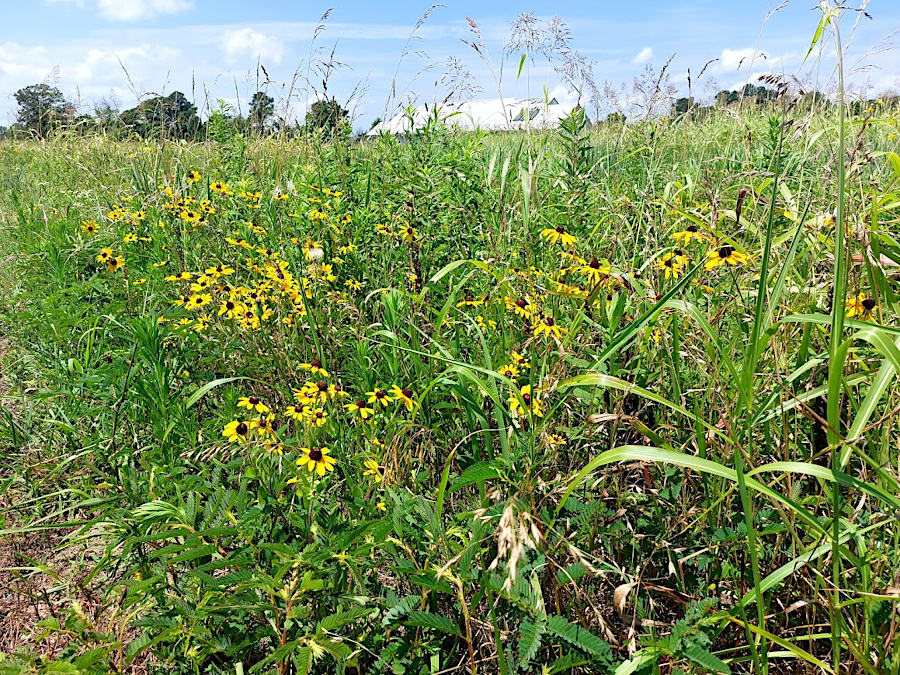
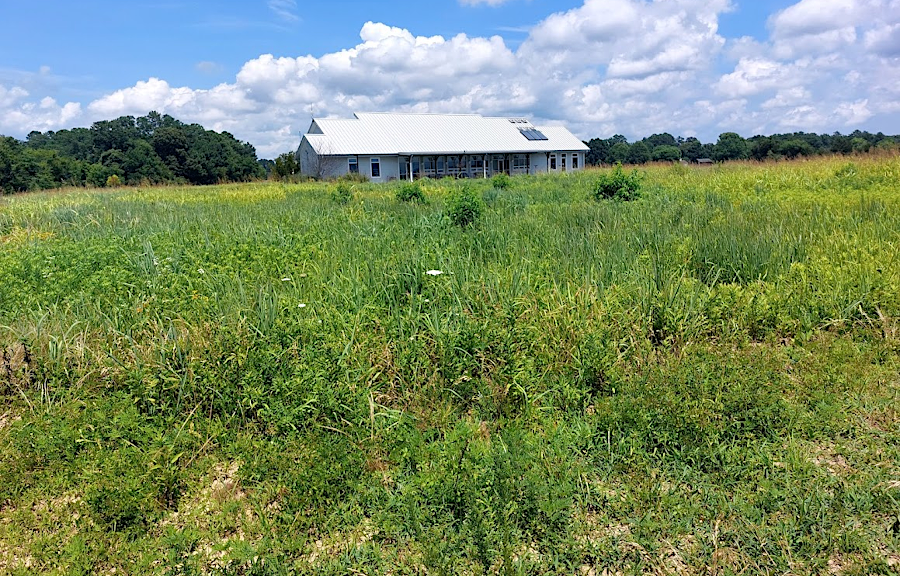
field at Belle Isle State Park between visitor center and Rappahannock River, two months after a prescribed burn in 2024
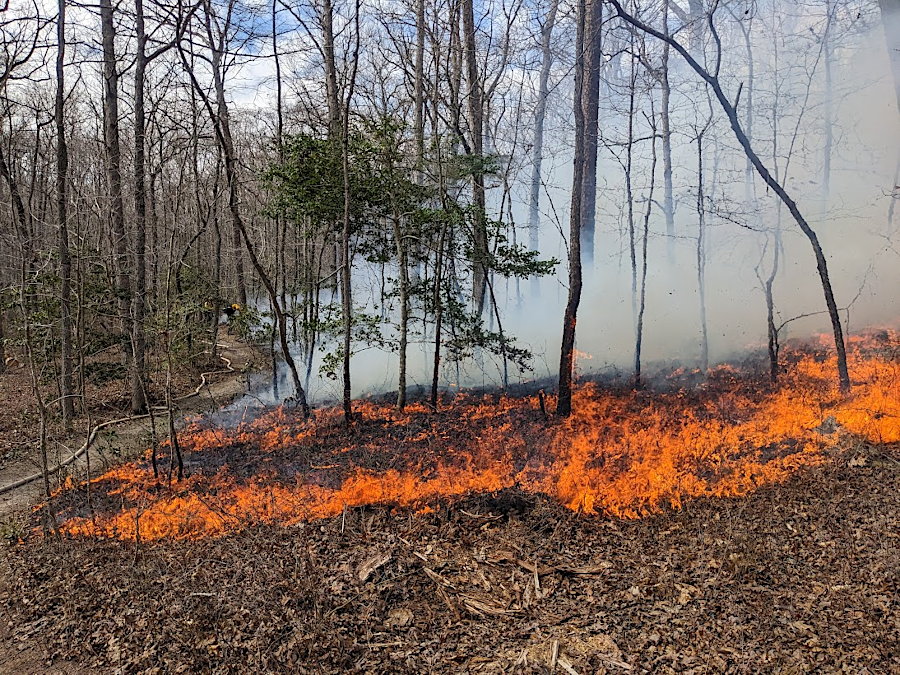
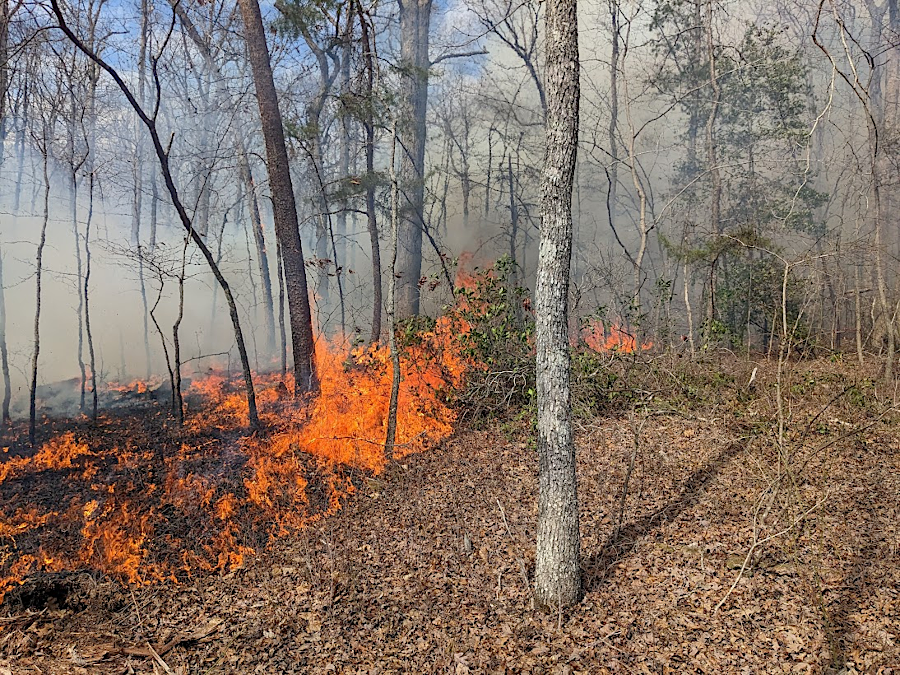
a prescribed burn at Prince William Forest Park next to Scenic Lane demonstrates the small size of the fire front
Source: National Park Service, PRWI Rx Burn (by Mike Custodio, March 22, 2023)
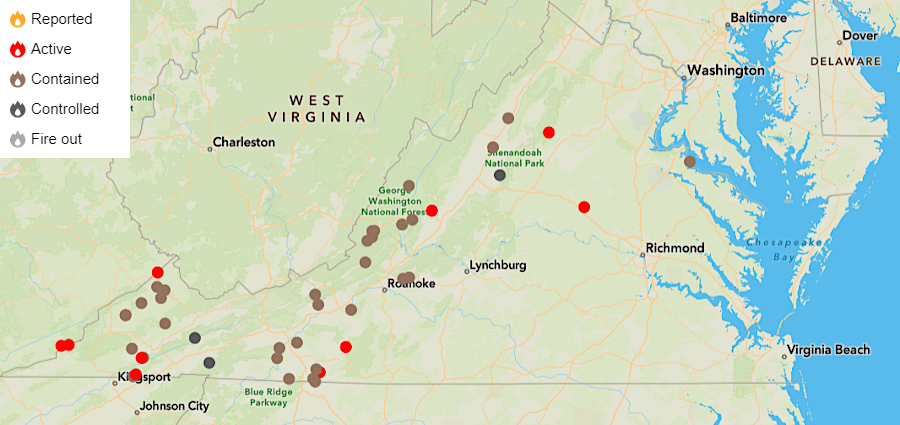
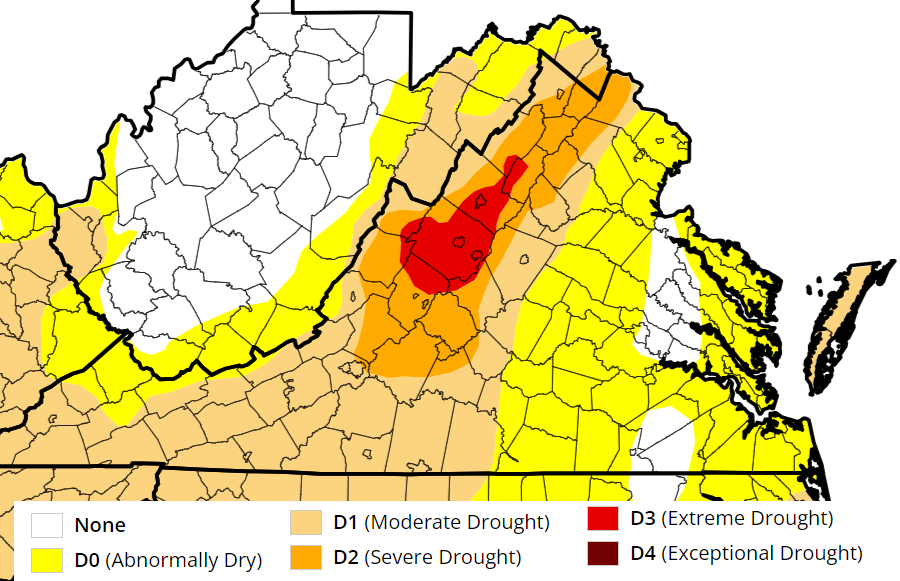
in the November 2023 drought, wildfires were active in all physiographic provinces except the Coastal Plain
Source: Virginia Department of Forestry, Wildfire Public Viewer, US Drought Monitor
Source: geosociety How Our Relationship w/Fire Has Changed Through Time w/Dr. Stephen Pyne & @GEOGIRL
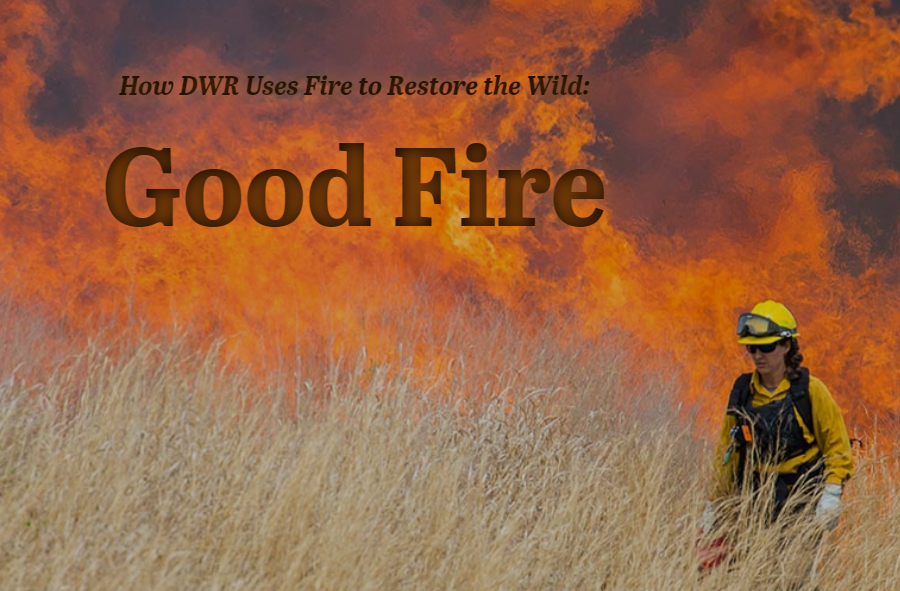
prescribed fire is used as a cost-effective tool for managing habitat
Source: Virginia Department of Wildlife Resources, How DWR Uses Fire to Restore the Wild: Good Fire
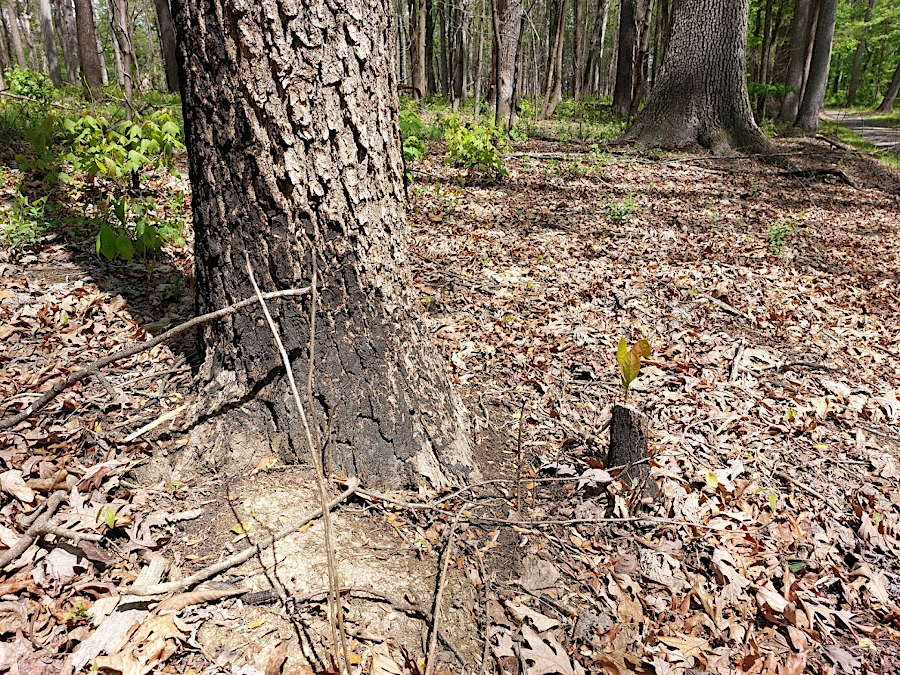
evidence of a 2016 prescribed fire in Paul State Forest was still clear in 2023